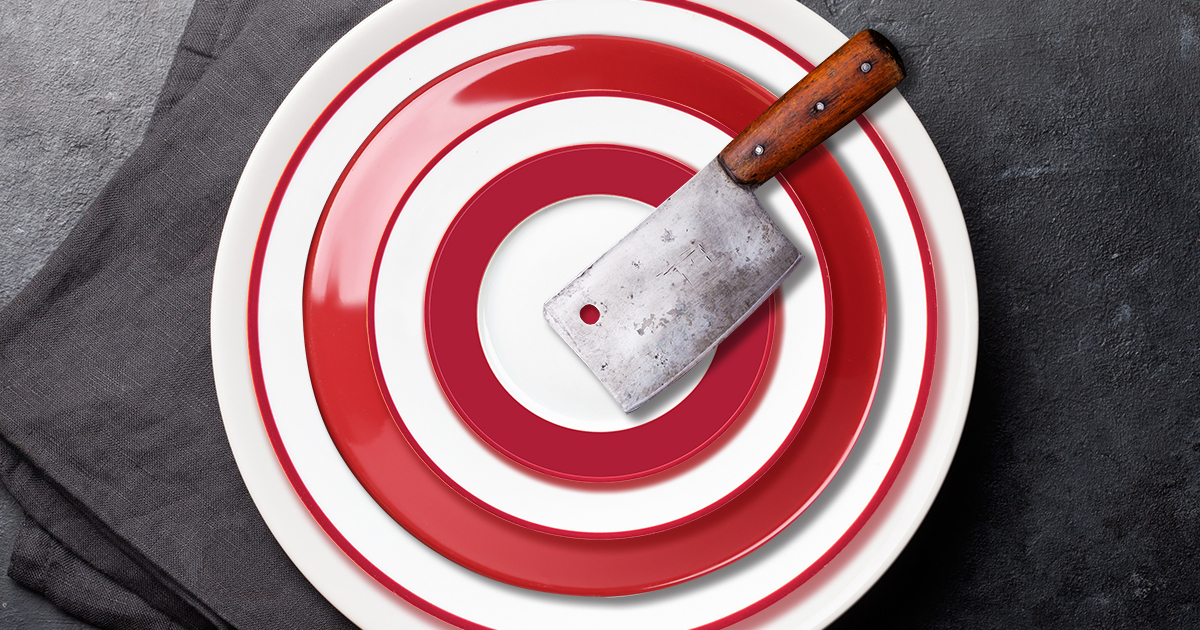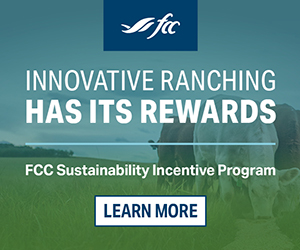AB Direct - Steers
Rail: 492.00-493.50 FOB feedlot (last week)
AB Direct - Heifers
Rail: 492.00-493.50 FOB feedlot (last week)
US Trade- Steers
Rail: 355.00-363.00 (IA, NE) last week
US Trade - Heifers
Rail: 355.00-363.00 (IA, NE) last week
Canadian Dollar
0.19

Bullseye: Targeting for beef
And today, it also lends credibility to the value of the calf for the cattle feeder and to the packer as a carcass. The end product is always beef and in the future advanced genetic improvements may also be predictable and palatable to the plate. Phenotype or the visibly physical characteristics of the bull were once the only tool in the buyer’s toolbox. If the bull was the right colour, balanced and correct, moved out well and didn’t tear the barn down, he was loaded on the trailer as a breeder. Eventually scrotal size was factored in with semen testing to further measure sperm quality. Ultrasound technology helped the industry appreciate back fat and ribeye measurements, rump fat, intramuscular fat and contributed to the accuracy of expected progeny differences (EPDs) which are the predictor of the offspring. Genomic enhanced EPDs accelerate the genetic process by increasing the accuracy of the EPD because they take into account the actual genes carried by the bull.
EPDs are based on data submitted to breed associations by the producer. The bigger the gene pool and the more data submitted results in higher accuracy within specific breeds and bloodlines.
Buying a bull based on EPDs is to focus on the traits that need introduction or enhancement within the herd by matching parents that will transmit those genetics. Some of the production EPDs available today are maternal such as birth weight (BW), calving ease (CE), milk (MILK) or production benchmarks like weaning weight (WW), yearling weight (YW) and maternal weaning weight (Maternal WW) or carcass considerations such as: carcass weight (CW), back fat (BF), marbling (MB), yield or yield grade (YG), and ribeye area (REA). There are many traits in the selection criteria to choose from, depending on the breed.
Not all traits are equally heritable. Generally carcass traits are highly heritable, production traits are moderately heritable and maternal or reproductive traits are of low heritability. To boost the predictability the industry includes genomics, the identification of DNA markers that influence a trait that are used to support EPDs.
To date, many cattle owners stick with the genetic markers they can understand such as those for marbling, ribeye, yield or milk. But there are a multitude of possibilities and if a cattle owner can dream it then likely they can build that bovine. The quest to create unique genetic animals with superior carcass, performance and/or maternal traits is possible with great management; as is unearthing the potential in understanding consistency, taste and tenderness – the three that are not always attributed to every beef eating experience.
A host of variables influence eating quality post-harvest, and the challenge is in understanding the intersection of the entire genetic profile that contributes to the experience of the plate and identifying the research it will take to achieve the desired outcome. Taking the long view of the live calf through to the plate is something that the beef industry might hunger for and to do this, every tool is valued in the genetic toolbox.
Buying a bull based on only one evaluation tool is like ignoring all the evidence, for that is what phenotype, EPDs and genetic markers are – evidence of that particular sire’s capability to transfer desirable heritable traits.
At the end of the day it still takes a great eye to buy a good bull. His feet are critical as is his structure, temperament, hair coat and fat cover. He needs to be balanced and have appeal, able to move out smoothly and come from a parentage of equal quality; a dam and sire that are correct and have credentials.
Hitting the bullseye starts with appreciating what is needed in the herd, matching the bull to those desirable traits, focused management and ultimately measuring the results be that on the ground, at the bunk, on the rail or at the plate.
This article was first published in Volume 1 Issue 1 of ABP Magazine (February 2021). Watch for more digital content from the magazine on ABP Daily.



